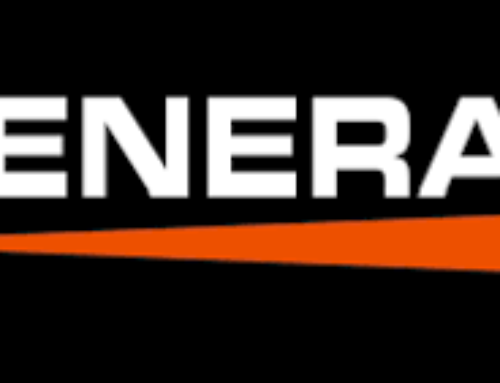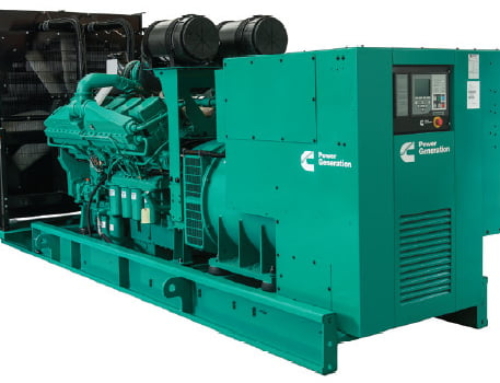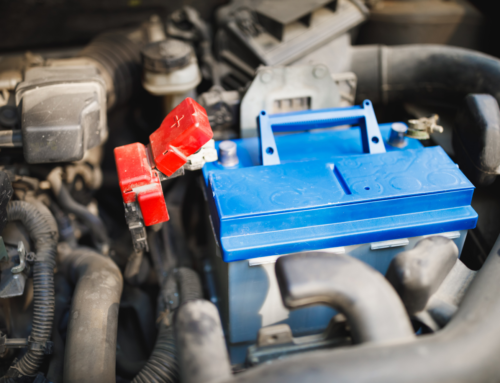The conversion of generator frequency is essential when there is a load difference between the power produced in the generator and the power consumption of the equipment. If the generator frequency is different from the equipment’s power load, it may damage the equipment or result in ineffective performance.
The manufacturing place can also be a reason, when equipment is manufactured in Europe and used in North America, the power requirements are different so it is good to convert the generator frequencies to align with the equipment’s power needs. In this blog, we will discuss the three different methods used to convert generator frequency.
Table of contents:
Changing engine speed
Making use of a frequency converter
Leveraging variable speed generator
Changing engine speed
The generator engine is directly connected to the alternator to produce energy, when you change the generator’s revolutions per minute (rpm), the output frequency (Hz) can be changed which is achieved based on this formula:
- P = Number of magnetic poles
- N = Engine’s revolutions per minute
- f = Generator frequency
Formula:
P*N/120=f
Thereby, varying the engine speed will result in output frequency changes. For example, if you require 50Hz output in a 3 pole generator where the actual engine speed is 2200 and the frequency output is 50Hz, reduce the engine speed to 2000 rpm and you will get the desired output. By changing the engine speed, you can generate the required frequency for your equipment.
Making use of a frequency converter
If you are using a fixed-speed generator, a frequency converter can change your generator’s AC or alternating current frequency. The frequency converter has two components: a rectifier and an inverter.
Rectifier: The rectifier converts the AC to DC i.e., alternate current to direct current.
Inverter: The rectifier again converts the DC to AC at the required frequency.
Recently, frequency converters were produced using solid-state technology, but originally they were built using belt-driven technology. They can be used to address the problem of equipment being manufactured in one country and used in another.
Some common places where frequency converters can be used are airplanes and trains since they allow passengers to charge their phones by converting 100 Hz and 400 Hz to 50 Hz or 60 Hz.
Leveraging Variable speed generator
Variable speed generators have been used in recent days for frequency conversion; they operate in different mechanisms when compared to changing engine speed and frequency converter. They are also called as VFD or Variable-Frequency Drive controls the generator to spin at varying speed by producing the same frequency.
VFD is commonly used in wind turbines which monetize the winds flowing at different speeds to generate the same power output. It is also used in diesel generator sets and other places where voltage fluctuations are common.
VFD changes its rotational speed based on the electrical load, meaning when the equipment needs less power, it runs slower and when more power is required, it speeds up. The advantages of VFD are operational efficiency, fuel efficiency, and reduced emissions.
Therefore, if you want to avoid problems when the output frequency is not matched with the equipment power requirement, choose the best conversion method that works for your business.
If you are looking for expert guidance for your frequency conversion, talk to our expert today!
CS diesel generators is the pioneer in the power backup industry, we offer new and used generators for industrial purposes and we also help you to sell your used generator. Our experts will analyze your industrial power usage, equipment, and applications used and provide the best power solution. Contact us today for all your power backup needs.




![How to Leverage Remote Monitoring for Your Industrial Generator?[2024 guide]](https://csdieselgenerators.com/wp-content/uploads/2024/03/Remote-Monitoring-500x383.png)
